'It is hard to beat the excitement of watching a peregrine you have trained stoop from 1,000ft, going more than 100mph' — the complicated world of falconry
A combination of spellbinding sport and profound empathetic connection, falconry–a partnership in which the bird maintains the upper hand–offers a window into ‘the deeper magic’.

'To fly a bird of prey is to enter her world. You move through the landscape using her eyes — or a dim version — thinking with her mind, seeing the world differently,’ marvels Candida Meyrick, artist, falconer and author of Be More Bird: Life Lessons from a Harris Hawk (to be published in January 2026 by William Collins). ‘Her flights reveal invisible patterns in the sky: thermals and updrafts, eddies and gusts. It’s exhilarating because of this combination of physical thrill and profound empathetic connection.’ Although the British Falconers’ Club defines falconry as ‘the traditional art of hunting quarry in its natural state and habitat by means of trained hawks’, to many, the ancient sport also seems to possess an unquantifiable magic that enraptures as powerfully as when it was first practised centuries ago.
‘The falconer witnesses an exhilarating sequence of natural events,’ says Dr Nick Fox, a renowned falconry expert and author of Hunting Ethics. ‘A rabbit is flushed, the hawk reacts and the rabbit instinctively knows a predator is after it, so it bolts. Had you shot the rabbit: “Bang!” It’s dead. The rabbit doesn’t understand the noise of the gun. Falconry offers the immense privilege of observing a battle between predator and prey matched by evolution.’
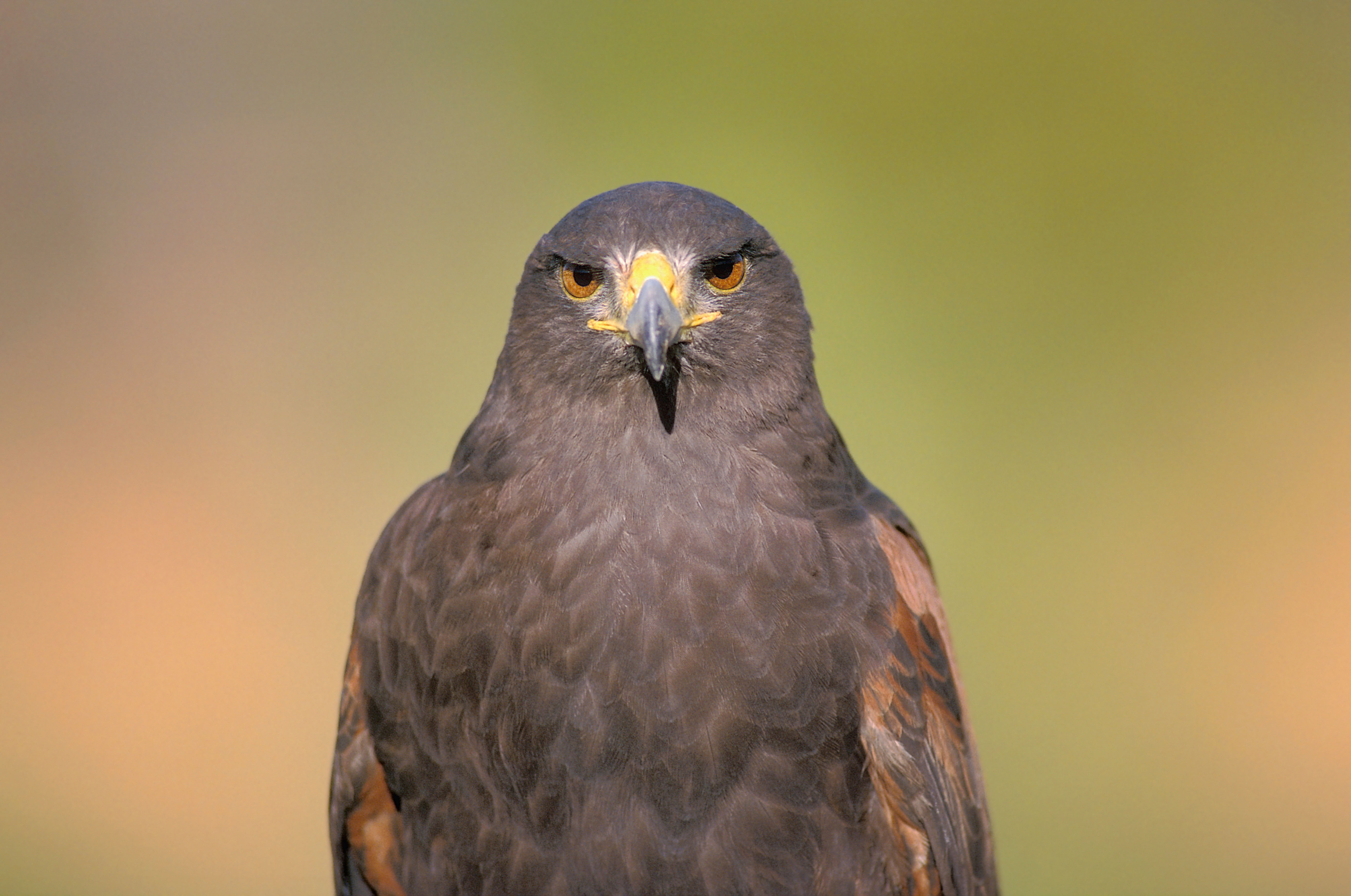
The Harris hawk — 'user friendly'.
Originally a method of obtaining food, falconry has forever been a fieldsport accessible to all — think ‘an eagle for an emperor, a kestrel for a knave’. It is thought that falconry was practised in the UK as early as 670AD (‘a bit before my time,’ Nick admits) and it grew in popularity rapidly. In medieval times, the office of Royal Falconer was created and was regarded as one of the most highly ranked titles. Birds of prey became prized assets, given as gifts and used to pay fines and rent. However, with land enclosures, the development of guns and a fall from fashion, falconry saw a decline in popularity over the centuries.
It was only in the 1980s that a resurgence began, influenced by authorities on the subject such as the late Roger Upton. ‘My father was a famous falconer who wrote many books and made a film on grouse hawking, which encouraged many into the sport,’ declares his son, Mark, who has taken up the gauntlet of championing falconry through his roles in various organisations, as well as his art. ‘Not only do I aim to produce an accurate representation of a falcon, I wish it to be recognisable to the falconers who know the individual bird. Many wildlife artists have an ability to produce photorealistic paintings, but I feel that often the subject’s spirit and character is lost in the exactness.’
'Flying a bird of prey resets your life in tune with the seasons, the weather, the climate. It reminds me of what C. S. Lewis called “the deeper magic”, the numinous connection between all living things'
He is well placed to make such observations: ‘I was given my first falcon when I was 10 and my first peregrine in my early twenties. I have flown peregrines at grouse ever since. Grouse hawking takes you to some of the wildest landscapes, where you feel a closeness to Nature and understanding of the environment and quarry that few experience in a modern world. It is hard to beat the excitement of watching a peregrine you have trained stoop from 1,000ft, going more than 100mph at a grouse in its natural environment.’
The sport’s appeal is wide ranging. ‘Not everyone has a grouse moor in their backyard, so you cut your coat according to your cloth,’ Nick observes. ‘Some simply enjoy their birds in an aviary or flying their birds in displays, others race them; it is many things to many people.’
His preferred form is hunting crows in Northumberland: ‘I fly the falcon out of a hood, slipping it like an avian greyhound at the crow, which will fly to cover perhaps two miles away. We are on horseback, so we have to ride hard to get there in time. I am a whipper-snapper at 75 years old, I’ve been a master of the Northumberland Crow Falcons for 33 years and have done it since I was a boy. Many people say it’s in the blood and sometimes we have three generations out with us. With only 12 horses at each hunt, it isn’t too intimidating, which is a draw.’ One suspects another lure is the mid-afternoon stop the riders make for a cup of tea and homemade cake.
Exquisite houses, the beauty of Nature, and how to get the most from your life, straight to your inbox.
'Falconry is a form of partnership where it is understood that your bird holds all the cards. At any moment, your bird is free to fly away and not return, so the fact that she does not do this is extremely moving'
Training is a fundamental part of falconry, but requires a singular approach. ‘You can’t growl at hawks if they do something wrong, they don’t understand punishment,’ Nick says. ‘They aren’t pack animals, they don’t follow by example or dominance. The only way to train them is with positive reinforcement, which is challenging when they aren’t doing what you want. They teach humility.’ Candida concurs: ‘Falconry is a form of partnership where it is understood that your bird holds all the cards. At any moment, your bird is free to fly away and not return, so the fact that she does not do this is extremely moving.’
Before selecting a bird of prey, one must consider its purpose. Hawks have short wings and a long, broad tail and can be flown around wooded areas at a range of prey. Nick advises: ‘The average British falconer is likely to fly a Harris hawk, as it is user-friendly.’ Mark suggests the same about peregrines being the most popular in the falcon family ‘due to their temperament and ability’. With their longer wings and shorter tail, falcons require open spaces and height to stoop, and they tend to be flown at crows, rooks and gulls or used for game-hawking.
The fact the landscape is left unscathed by something so natural and low impact helps the sport’s profile. ‘Hawks don’t wound — they either catch or they don’t — and they go for anything sick or lame first. You come back proud if your bird actually gets something. Plus, you don’t leave a trace,’ Nick asserts.

However, there are still some who oppose falconry. ‘Some object to the fact that we keep falcons, but if welfare was poor the birds wouldn’t have the fitness to catch quarry,’ Mark argues. ‘Falconry techniques are also used in training raptors for vital jobs such as bird clearance at airfields and sensitive sites.’ He explains, too, that: ‘Falconers pioneered raptor breeding, which enabled reintroduction of some species, and, when the peregrine nearly became extinct in the 1950s, it was falconers who did the most to save it. It is now one of the greatest conservation successes. What we all need to be facing up to is our own impact. Our biggest problem is the damage to the environment, which means quarry species are in decline and country is disappearing.’
Protection is required elsewhere, too. Calvin Crossman may have survived a childhood of climbing trees to retrieve nesting birds for his father to perform his job as a licensed bird ringer, but he is now working in a dying trade making falconry gloves. ‘There are only two commercial glovers left in the UK and less than a handful of people that make falconry gloves. It’s on the critical list of endangered crafts, as is bell-making. I am the only commercial falconry bell-maker left in the UK, yet there is no government funding or anyone to hand these skills down to.’
However, there is much to be heartened by. In the UK, there are about 25,000 people practising falconry, a number that could soar with the current appetite for ‘a closer and deeper connection with Nature,’ Candida observes. ‘Flying a bird of prey resets your life in tune with the seasons, the weather, the climate. It reminds me of what C. S. Lewis called “the deeper magic”, the numinous connection between all living things.’
She, alongside everyone else lured by the spellbinding qualities of these birds, is certain of one thing. ‘Once you’ve fallen in love with falconry, it’s for life.’
-
 The Country Life Quiz of the Day, November 17, 2025 is out of this world!
The Country Life Quiz of the Day, November 17, 2025 is out of this world!Remember this film?
-
 Who won the rivalry between Turner and Constable? It was us, the public
Who won the rivalry between Turner and Constable? It was us, the publicA forthcoming exhibition at Tate Britain that revives the rivalry between these two 19th century painters sheds new light on their relationship.
-
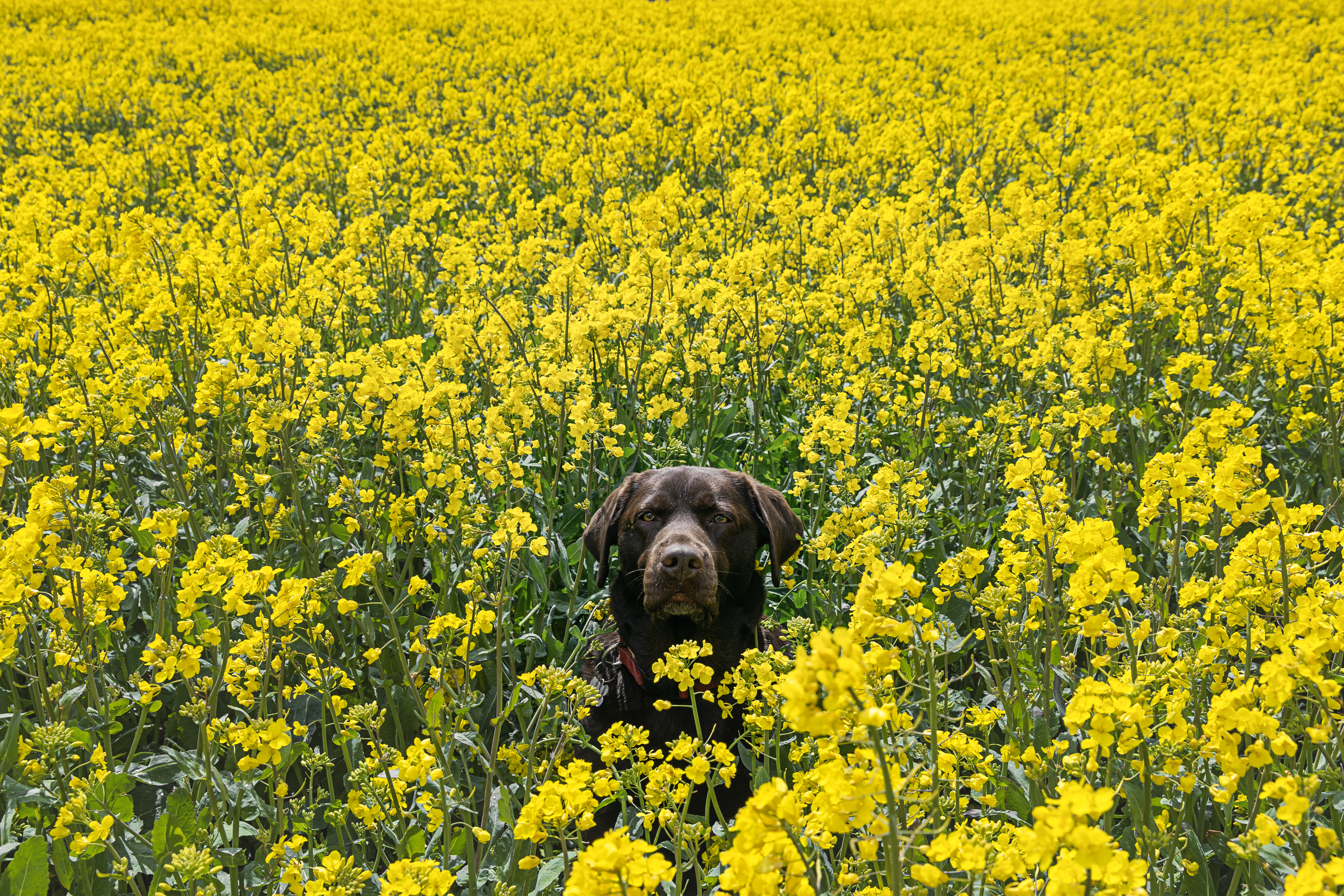 What is everyone talking about this week: More than half the country owns a pet and nearly half our marriages end in divorce — no wonder pet-nups are on the rise
What is everyone talking about this week: More than half the country owns a pet and nearly half our marriages end in divorce — no wonder pet-nups are on the risePet-nups, a formal agreement between couples over what should happen to their pets in the event of a split, are on the rise.
-
 Haute dogs: How fashion’s finest would dress 11 dogs and one very spoilt cat if only they had the chance
Haute dogs: How fashion’s finest would dress 11 dogs and one very spoilt cat if only they had the chanceWe’ve matched some much-loved breeds to the designers that share their history, temperament and vibe — because why not. Illustrations by Tug Rice.
-
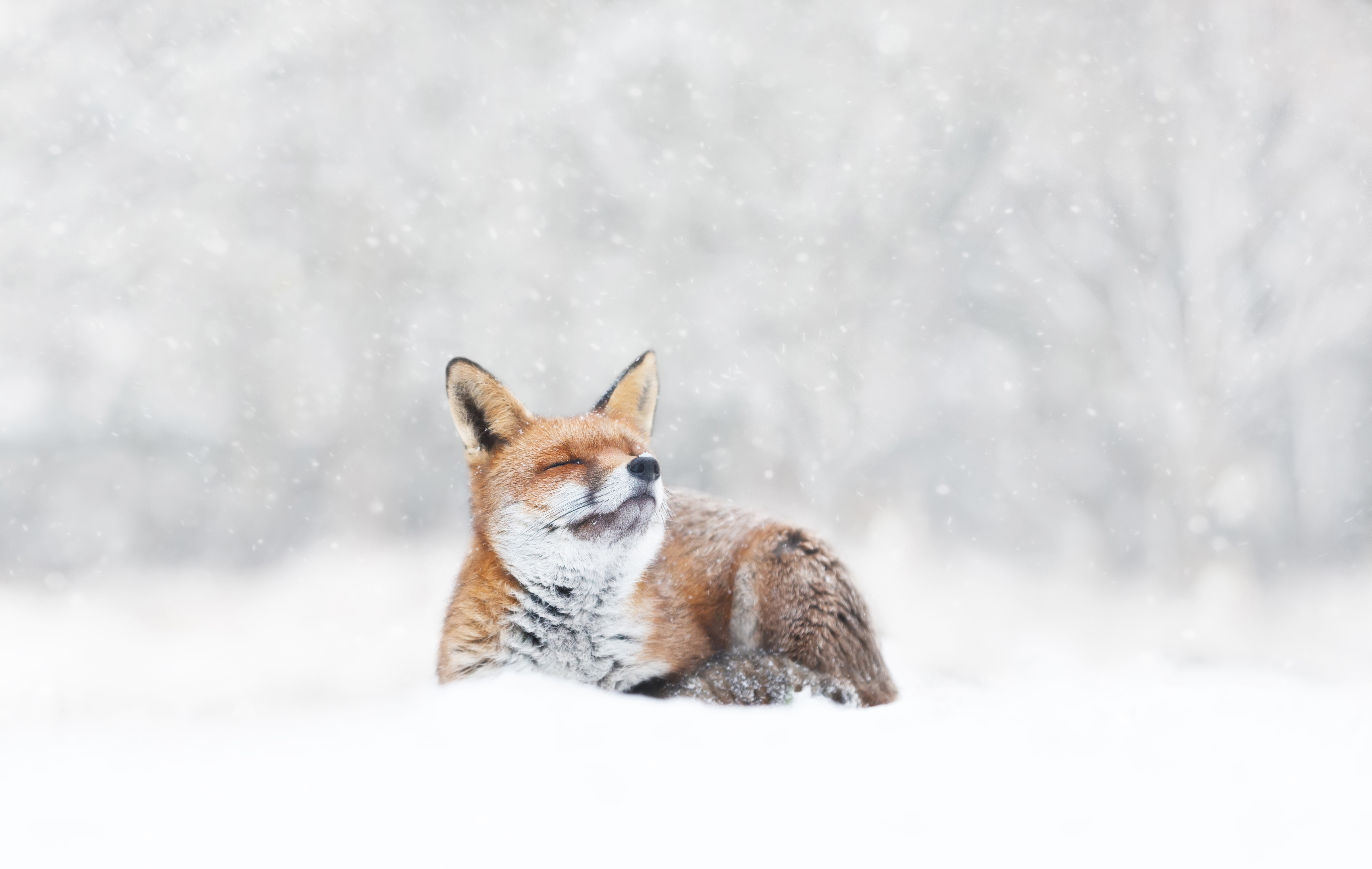 Baby, it’s cold outside (even if you have a natural fur coat): How our animals brave the winter chill
Baby, it’s cold outside (even if you have a natural fur coat): How our animals brave the winter chillWhen the temperature drops, how do Britain’s birds, beasts and plants keep the cold at bay? John Lewis-Stempel reveals Nature’s own thermals.
-
 Yorkshire’s bravest and most charming gentleman — the Airedale terrier
Yorkshire’s bravest and most charming gentleman — the Airedale terrierBred on Yorkshire’s riverbanks to face otters, snakes and even enemy fire, the Airedale has gone from the trenches of war to the hearts and homes of presidents and movie stars.
-
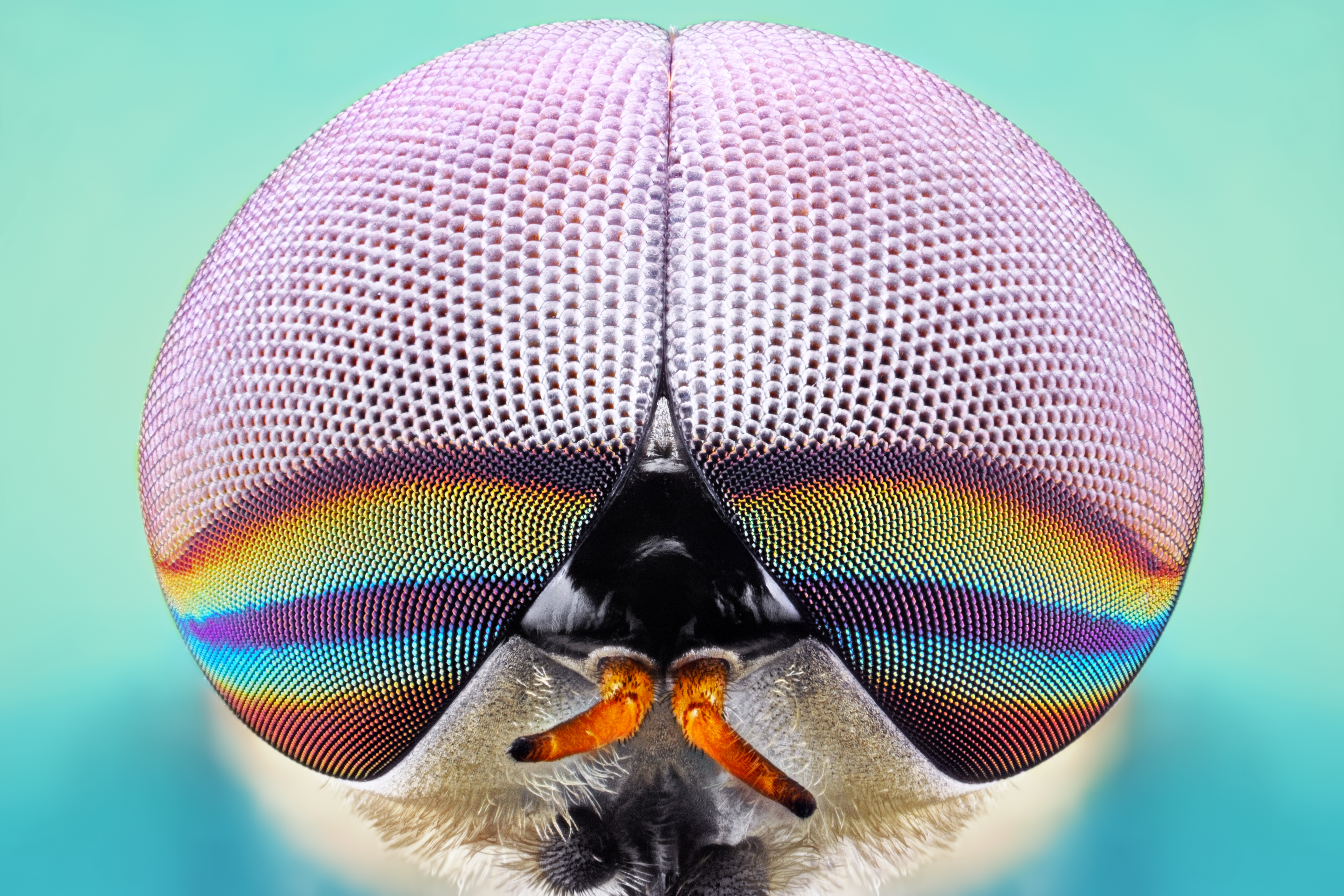 Dangerous beasts (and where to find them): Britain's animals that are best left alone
Dangerous beasts (and where to find them): Britain's animals that are best left aloneJohn Lewis-Stempel provides a miscellany of our otherwise benign land’s more fearsome critters.
-
 A true gent lets his hair down on a Wednesday: Inside our Savile Row party to celebrate the publication of Gentleman's Life
A true gent lets his hair down on a Wednesday: Inside our Savile Row party to celebrate the publication of Gentleman's Life'The party marked the ten-year anniversary of Gentleman's Life and it was, fittingly, a party for the ages.'
-
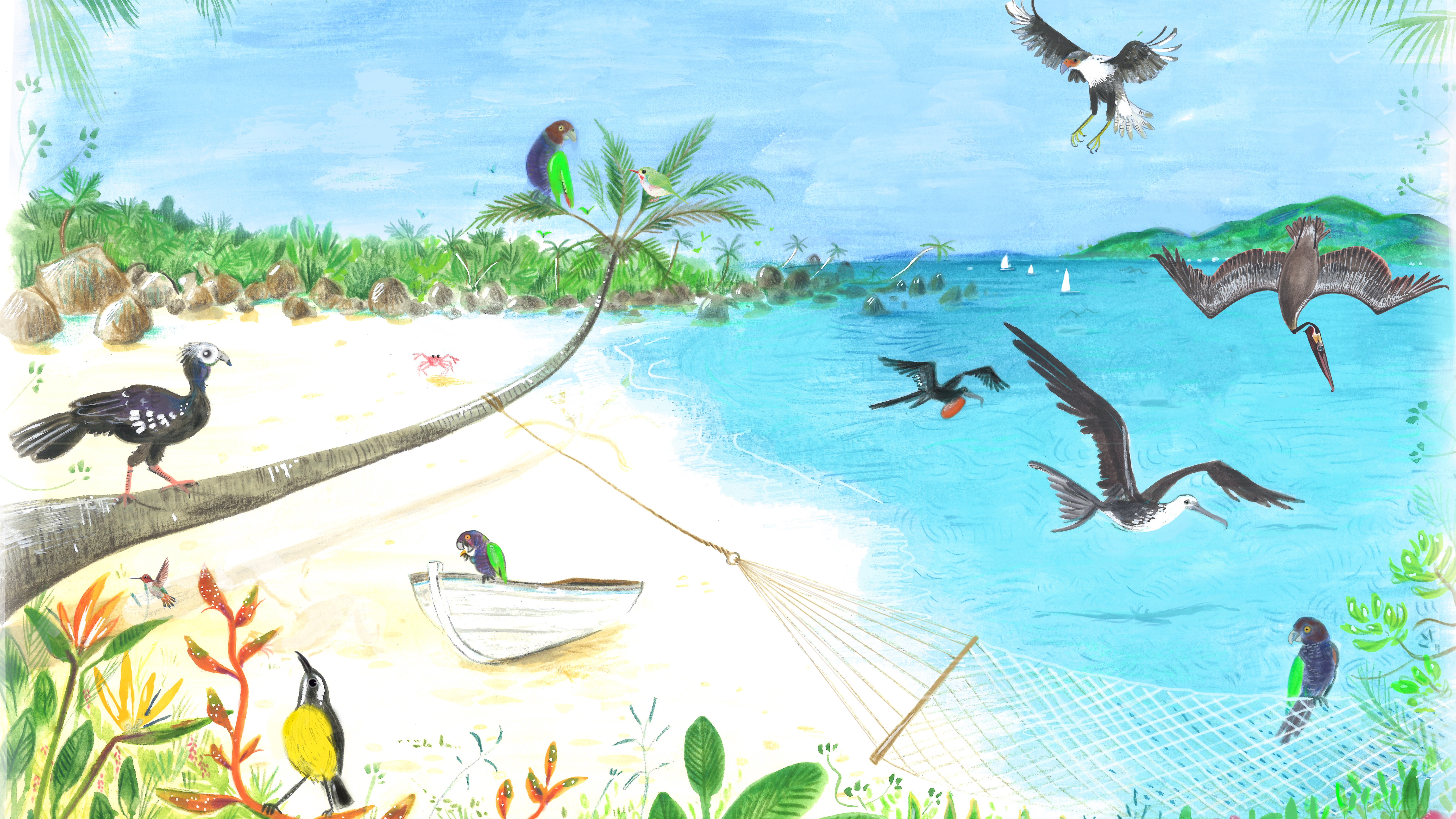 From the Caribbean with love: The other James Bond who wrote the definitive guide to tropical birds
From the Caribbean with love: The other James Bond who wrote the definitive guide to tropical birdsThe Caribbean plays host to a brilliant spectrum of colourful avians, says John Lewis-Stempel, as he revels in a birdwatcher’s paradise. Illustrations by Annabelle King.
-
 Best in class: This year's Georgian Group Architectural Award winners revealed
Best in class: This year's Georgian Group Architectural Award winners revealedThe Georgian Group’s Architectural Awards, sponsored by Savills, attracted another outstanding crop of entries this year. We reveal the winners, as chosen by a panel of judges chaired by Country Life's Architectural Editor, John Goodall.